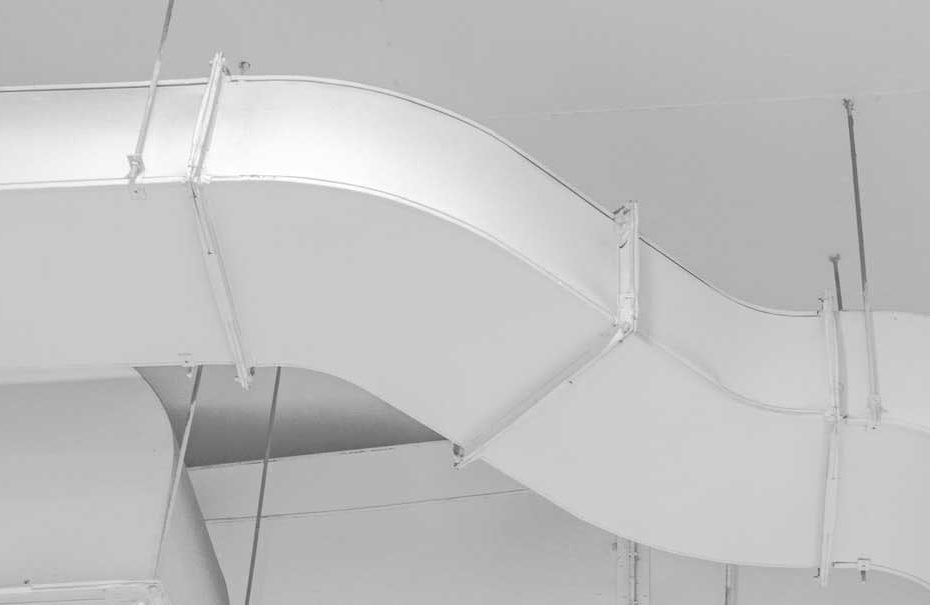Not sure if you need a forced-air product, service or repair? As a type of heating serviced by Hellas Air Temp, here’s a guide to what forced air heating is, where you’ll find it and what the pros and cons are.
Forced air heating is a term often mentioned when buying a new heater or servicing and repairing them. One of the reasons for this is that it’s the most common type of central heating in North America. You can be forgiven for not being 100% clear on what forced air is; there are many types of heating system so it’s easy to become overwhelmed and confused by all the terminology.
Forced air heating system essentially distributes heat throughout your home via vents and ductwork. If a system(s) can heat air then it can be used in forced air heating. This includes:
- Gas furnaces
- Oil furnaces
- Electric furnaces
- Heat pumps
Can be combined with cooling
If you have ductwork for forced air heating then it’s likely that this can also be used for cooling in the summer months as well. Many forced air systems are connected to air conditioning systems for both heating and cooling.
How does forced air heating work?
A heater such as a gas furnace or heat pump is connected to an “air handler / blower / fan” all common names, when the heater heats up, hot air is blown into the ductwork and through vents at the temperature set by the thermostat.
Benefits of forced air heating
Fast to heat up
Forced air heating works very quickly, faster than heating water or using a central system.
Control airflow via vents
Easily open and close vents as desired to control heat in specific rooms/areas.
Less visible than radiators
For most of your home, the only indication that you’ve got a forced air system is the vents in your walls, these are far less imposing and take up less space than radiators.
Efficient
Most modern forced air heaters are very efficient and compare well to other types of heating. They are not overly expensive to operate.
Negative considerations with forced air heating
Forced air heating is popular and provides a good solution for most, but it does have some downsides which can be a pain-point for some people.
Can contribute to allergies
Vent systems can collect dust, mold etc.. and cause a problem for allergy sufferers if not kept clean regularly.
Filter and vent maintenance
Due to the nature that ductwork can pick up dust and dirt it’s important to use and keep clean filters on a regular basis. Filters should be replaced at least every 3 months, or quicker if you have pets (2 months on average), if you have allergies you may want to replace the filter every 20-40 days.
Can be noisy
Some forced air heaters can be noisy, though this can be rectified with a more modern, efficient heater and good installation.
Leaky ductwork
Forced air heating can be suffer from leaky ducts if a system is poorly designed. Leaky ductwork wastes energy and can contribute to dust and pollutants entering the home (bypassing the filters). A sign that you have leaky ductwork is a sudden increase in energy bills.
Inconsistent temperature control
Many forced air systems use just one thermostat to control the temperature in all rooms. Since different rooms are closer and further away from the heater than others; temperature can sometimes be inconsistent. Sometimes individual temperature control is an option, but not always.
Choosing between forced air heating and radiators
How does the pricing compare to radiator heating?
On the whole the prices can be pretty similar, though this can depend on how well your system is installed and maintained as well as age, and efficiency of your equipment.
Does your home have ductwork?
If you’re choosing a new heating system and your property already has ductwork then it makes most sense to use forced air heating. If your home doesn’t have ductwork in place then you should factor in significant additional installation costs.
